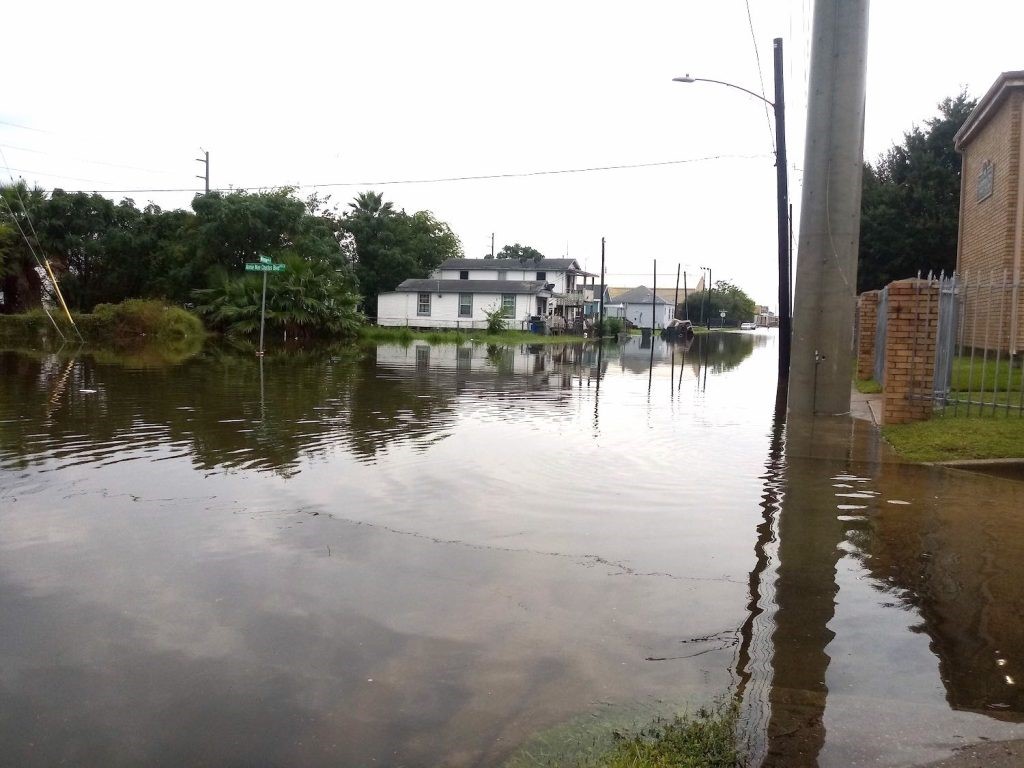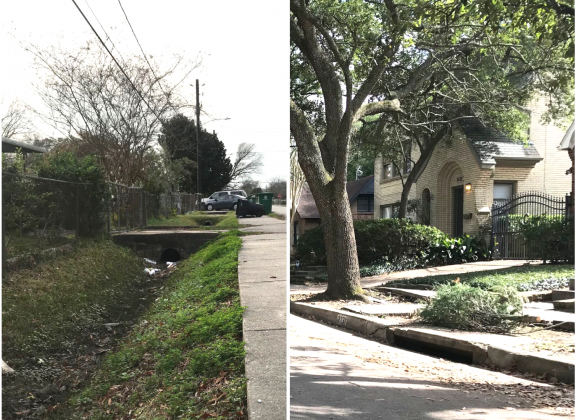Texas Housers Hosts Podcast on History of AFFH, Critiques Carson’s Proposed Rule in Shelterforce
Feb 03, 2020
Betsy Julian, formerly with the Inclusive Communities Project, discusses the history of “affirmatively furthering fair housing” (AFFH) on “The Mandate to Affirmatively Further Fair Housing,” one of a series of podcasts from Texas Housers, an NLIHC state partner. Also, in the lead article of the January 27 Shelterforce Weekly, Texas Housers Co-Director John Henneberger explains that HUD Secretary Ben Carson is asking the nation to accept housing segregation.
In the 31-minute podcast hosted by Mr. Henneberger and Christina Rosales, also from Texas Housers, Ms. Julian explains that the “Fair Housing Act of 1968,” enacted after the assassination of Martin Luther King Jr., not only prohibited discrimination but called for dismantling the segregation and discrimination that federal policies created and perpetuated. The law required, in other words, federal policy to “affirmatively further fair housing.” Most people do not realize that AFFH applies to all federal agencies, not just to HUD, but it has never been applied – even nominally – to other agencies.
AFFH at HUD was ignored until a very modest provision was introduced in the Consolidated Plan (ConPlan) regulations created in 1994. Although HUD staff in the Clinton administration worked for more than a year to develop a meaningful AFFH regulation, the Newt Gingrich “revolution” shut down that AFFH rule-making, leading to the much more anemic 1994 rule. That rule merely required jurisdictions receiving Community Development Block Grant (CDBG) funds and other HUD formula grants to “certify” they were affirmatively furthering fair housing by identifying obstacles to fair housing choice and taking actions to overcome the obstacles. The obstacles were described in a jurisdiction’s Analysis of Impediments (AI), which the Government Accountability Office (GAO) concluded was ineffective.
The Obama administration started working on creating a far more robust AFFH rule in 2009, engaging with a broad range of stakeholders for at least two years (especially local elected officials and developers as well as advocates). The final rule, published in 2015, included the word “segregation” for the first time. That rule was suspended by HUD Secretary Ben Carson, whose recently proposed rule (see Memo, 1/13) deletes the word “segregation” and does not mention race.
John Henneberger’s Shelterforce Weekly article, “HUD Secretary Asks America to Accept Housing Segregation,” asserts: “In a proposed new rule, Secretary Carson supports the gutting of the 1968 Fair Housing Act, abandoning HUD’s enforcement of provisions of the law that requires cities, counties, and states that take federal funds for housing to use them in ways that end racial segregation.” Mr. Henneberger notes that the proposed change removes consideration of where housing is available, suggesting cities instead commit to activities that represent a developer and landlord wish list, but have nothing to do with housing integration. “The solution to residential segregation isn’t found in creating more market rate housing,” he writes. “Segregation is the product of discrimination. Federal, state, and local government built the walls of housing and neighborhood segregation that plague our cities today.”
In addition, Mr. Henneberger states: “Secretary Carson argues that the persistent problem of housing segregation and discrimination will be solved by deregulating the housing development industry, loosening labor requirements and eliminating environmental protections to build more housing. That has been tried. It doesn’t work.” He points to Houston, which has infamously loose development standards, unenforced housing and building codes, and weak labor and environmental protections that have harmed families of color and low incomes. For example, Houston officials have refused to provide storm sewers and other essential public infrastructure in neighborhoods of color. About 88% of Houston’s open-ditch drainage can be found in neighborhoods of color, and almost half of those ditches do not perform under modest storm conditions.

The Sandpiper Cove apartment complex in Galveston (right) floods regularly. Its residents are predominantly African American. Neighborhoods on the island populated by tourists and wealthier residents are afforded storm protections, this area is not. Photo credit: Texas Low Income Housing Information Service.

Side-by-side photos illustrate the disparity in drainage provision in the city. About 88 percent of Houston’s open ditch drainage can be found in neighborhoods of color, and almost half of those ditches do not perform under modest storm conditions. Photo credit: Texas Low Income Housing Information Service.
The podcast “The Mandate to Affirmatively Further Fair Housing” is on the Fight for Housing Justice website.
It is also available on the Texas Houser’s website at: https://bit.ly/2tQCrCY
The Shelterforce article “HUD Secretary Asks America to Accept Housing Segregation” is at: https://bit.ly/2GuOA37
A Texas Houser’s article, “Texas Housers opposes HUD’s further retreat from promoting and enforcing fair housing,” is at: https://bit.ly/2GEgiKx
Readers are urged to visit frequently the Fight for Housing Justice website because more information will be added in the coming days and weeks. Look for more summaries of the proposed rule, sample comment letters, talking points, and social media resources. Fight for Housing Justice is at: https://www.fightforhousingjustice.org/affh
Information about the 2015 AFFH rule, Secretary Carson’s suspension of the 2015 rule, as well as the AI process that jurisdictions must follow until a final rule is published is on pages 7-14, 7-21, and 7-26 of NLIHC’s 2019 Advocates’ Guide.
More podcasts and articles are on the Texas Houser’s website at: https://texashousers.net
The Shelterforce homepage is at: https://shelterforce.org